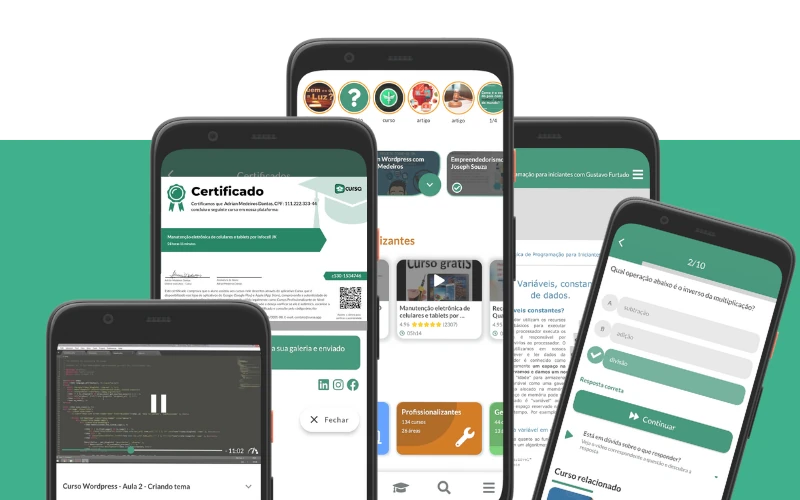Greetings and Introductions - How to Start a Conversation
Traveling to an English-speaking country can be an enriching experience, and the ability to communicate effectively can make your journey even more enjoyable. One of the first steps in mastering conversational English is learning how to greet people and introduce yourself. In this guide, you'll learn the essential phrases and etiquette to start conversations with confidence during your travels.
Basic Greetings
Starting a conversation often begins with a simple greeting. The time of day can influence how you greet someone. Here are some basic greetings you can use:
- Morning: "Good morning!" - This is a polite and cheerful way to greet someone in the morning.
- Afternoon: "Good afternoon!" - Use this greeting from noon until early evening.
- Evening: "Good evening!" - Once the sun starts to set, this is the appropriate greeting.
- General: "Hello!" or "Hi!" - These are more casual and can be used at any time of the day.
Formal vs. Informal Greetings
Depending on the situation, you might need to choose between a formal or informal greeting. When meeting someone for the first time, especially in a professional context, it's better to use a formal greeting. In casual situations or with people your age or younger, informal greetings are acceptable.
Formal Greetings
"Good morning/afternoon/evening, Mr./Mrs./Ms. [Last Name]." - This shows respect and is suitable for business or formal occasions.
Informal Greetings
Friendly phrases like "Hey," "What's up?" or "How's it going?" are great for informal settings. Just remember that these might be too casual for first meetings with strangers.
Introducing Yourself
After the initial greeting, you'll want to introduce yourself. Here's how you can do it:
- "My name is [Your Name]." - Simple and straightforward.
- "I'm [Your Name]." - A more casual way to introduce yourself.
- "Hi, I'm [Your Name]. It's nice to meet you." - This phrase is friendly and prompts a response from the other person.
Asking for Someone’s Name
If the person you're speaking with hasn't introduced themselves, it's polite to ask for their name:
- "What's your name?" - Informal and direct.
- "May I ask your name?" - A more formal way to inquire.
- "I don't think we've met. I'm [Your Name], and you are?" - This is a polite and conversational way to ask for a name during an introduction.
Making Small Talk
Small talk is a crucial aspect of starting a conversation, especially in English-speaking cultures. It helps to establish a connection and makes the interaction more comfortable. Here are some topics and phrases you can use for small talk:
- Weather: "Lovely weather we're having, isn't it?"
- Travel: "Are you traveling for business or pleasure?"
- Compliments: "That's a nice [item of clothing/accessory]. Where did you get it?"
- Current Events: "Have you heard about [recent event]?" (Be sure to avoid controversial topics.)
- Local Food: "Can you recommend any good places to eat around here?"
Responding to Introductions
When someone introduces themselves to you, it's polite to acknowledge their introduction. Here are some phrases you can use:
- "Nice to meet you, [Their Name]." - A standard and polite response.
- "Pleased to meet you." - Slightly more formal but still commonly used.
- "Likewise." - If they say it's nice to meet you first, you can respond with this.
- "I've heard a lot about you." - Use this if you've previously heard about the person, indicating interest in them.
Cultural Tips
Understanding cultural nuances can help you navigate conversations more smoothly. In English-speaking countries, maintaining eye contact during introductions is considered a sign of confidence and respect. A firm handshake is common in formal settings, but be mindful of the current health guidelines regarding physical contact. Smiling is also an important non-verbal cue that shows friendliness and openness.
Practice Scenarios
Practicing with real-life scenarios can help you prepare for your travels. Try role-playing different introduction situations with a friend or language partner. You can also practice in front of a mirror to build confidence in your pronunciation and body language.
Conclusion
Mastering greetings and introductions in English is a vital skill for any traveler. By using the phrases and tips provided in this guide, you'll be well on your way to engaging in meaningful conversations with native speakers. Remember to be polite, smile, and be genuinely interested in the people you meet. Safe travels and happy conversing!









